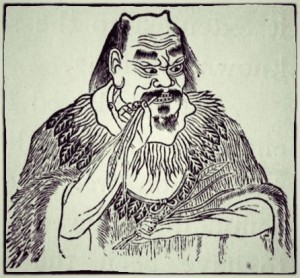Botanical Name: Vetiveria zizanoides
Botanical Family: Gramineae

Vetiver Root
Method of Distillation: Steam distilledParts Distilled: Dried Root
Origin: Central America, Comoro Islands, Reunion, India, Indonesia, Haiti
Note: Base
Organoleptic: Amber to dark red-brown. Woody aroma. Sweet, earthy.
Taste: acrid, bitter
Temperature: cool
Channels Entered: Liver, Heart
Actions:
- Circulatory stimulant (venous and arterial)
- Immuno-stimulant
- Emmenegogue
- Nervine
- Antispasmodic
- Anti-inflammatory
- Anti-rheumatic
- Aphrodisiac
- Sedative
East Asian Medicine Actions:
- Nourishes and invigorates the Blood
- Clear Heat in the Blood
- Calm the Shen
- Regulate Liver Qi
- Tonify the Sinews
Ayurvedic Description: Cools Pitta, grounds Vata.
Common Uses:
- Clear Blood Heat
- Regulate Liver Qi stagnation
- Relieve tension in the Sinews (especially due to Liver Qi stagnation)
- As a topical liniment for sprains and weak muscles
- Skin regeneration, especially for mature skin
- Promotes sleep: apply to feet or diffuse at bedtime
- Cools and repairs skin after sun exposure
- Soothes skin inflammation: acne, inflamed skin, rashes
- Grounds the emotions: calms Shen, reduces stress, anxiety, depression, settles the nerves
- Menopause, postpartum depression, PMS
Cautions & Contraindications: None
Major Chemical Constituents: Sesquiterpenols (vetiverol)
Common Blends:
- Vetiver, rose, patchouli, lavender: for Heat in the Blood
- Vetiver, jasmine, coriander, carrot seed: for Blood deficiency
- Vetiver, chamomile, helichrysum: to soothe heat in the skin following sun exposure

